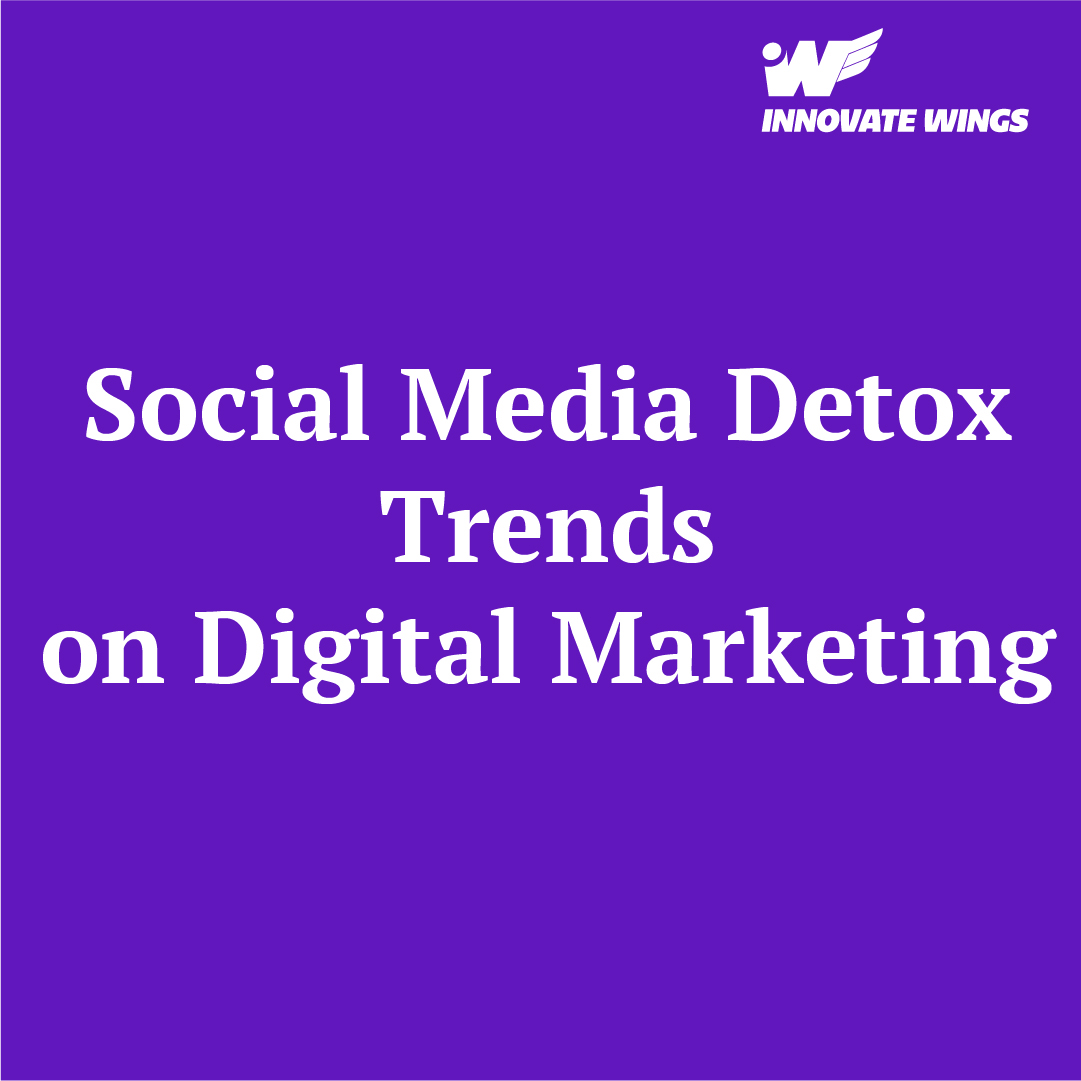

In recent years, the rise of social media detox trends has sparked conversations about the role of digital platforms in our lives. As individuals seek to reclaim their time, mental well-being, and productivity, brands and marketers are facing new challenges and opportunities in navigating this evolving landscape. In this article, we'll explore the impact of social media detox trends on digital marketing strategies and how brands can adapt to meet the changing needs of consumers.
Shifting Consumer Behavior
The growing popularity of social media detoxes reflects a broader shift in consumer behavior towards mindful and intentional technology use. As individuals become more aware of the potential negative effects of excessive social media consumption, they are seeking ways to disconnect, set boundaries, and prioritize offline experiences. This shift poses challenges for brands reliant on social media platforms for reaching and engaging with their target audiences.
Reevaluating Digital Marketing Channels
Fostering Meaningful Connections
As consumers seek more meaningful and authentic interactions online, brands have an opportunity to focus on quality over quantity in their digital marketing efforts. Building genuine connections with consumers through personalized messaging, storytelling, and community engagement can help foster loyalty and trust. Brands that prioritize authenticity and transparency in their communications are better positioned to resonate with audiences, even amid social media detox trends.
Embracing Digital Wellness
The rise of social media detox trends underscores the importance of digital wellness in today's hyperconnected world. Brands can demonstrate their commitment to consumer well-being by promoting digital mindfulness, encouraging breaks from screens, and providing resources for managing technology use responsibly. By aligning with consumers' values around health and wellness, brands can strengthen their relationships and enhance their brand reputation.
Leveraging Offline Experiences
In addition to digital strategies, brands can leverage offline experiences to engage with consumers in meaningful ways. Hosting in-person events, pop-up shops, workshops, and other experiential activations allows brands to connect with audiences on a more personal level and create memorable moments that resonate beyond the digital realm. By integrating offline and online marketing efforts, brands can create holistic experiences that cater to diverse consumer preferences.
Monitoring Trends and Adaptation
As social media detox trends continue to evolve, brands must stay vigilant and adaptable in their marketing strategies. Monitoring consumer trends, conducting audience research, and gathering feedback can help brands stay ahead of the curve and adjust their approach accordingly. By remaining flexible and responsive to changing consumer behaviors, brands can continue to effectively engage with their target audiences across digital channels.
Conclusion
The impact of social media detox trends on digital marketing is reshaping the way brands connect with consumers online. By reevaluating digital marketing channels, fostering meaningful connections, embracing digital wellness, leveraging offline experiences, and staying adaptable to evolving trends, brands can navigate this shifting landscape with agility and authenticity. Ultimately, prioritizing consumer well-being and providing value-driven experiences are key to success in the era of social media detox.